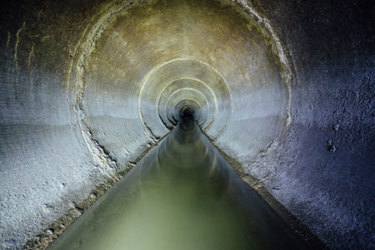Using Digital Tools To Optimize Odor Control In Collection Systems

Odors in wastewater collection systems can cause numerous problems for local communities and municipalities. Odor complaints can damage public trust and result in compliance violations. In addition to lowering the quality of life and causing discomfort, hydrogen sulfide gas, the primary source of such odors, is harmful to human health in prolonged or concentrated exposure. Hydrogen sulfide can also oxidize into sulfuric acid, corroding and damaging pipes, pumps, and other critical infrastructure.
Wastewater utilities commonly rely on costly chemical solutions to control odors in the collection system. Dosing equipment can include simple chemical metering pumps that dose at a single feed rate or on a timer at fixed intervals throughout the day. However, these passive approaches fail to account for actual hydrogen sulfide levels or changes in flow, temperature, and other factors that affect odor production. The result is frequent under- or overdosing that can be both ineffective and wasteful. However, by utilizing digital tools, utilities can automatically optimize their chemical usage, saving time and money, minimizing compliance risks, and protecting the community.
Get unlimited access to:
Enter your credentials below to log in. Not yet a member of Water Online? Subscribe today.
